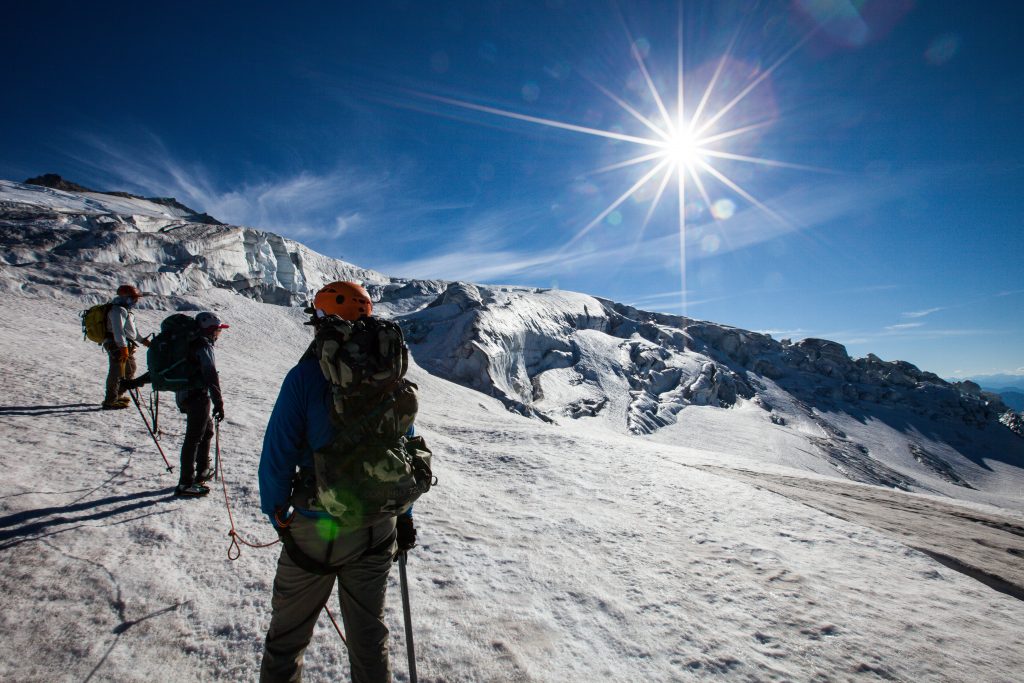Telemark skiing feels as beautiful and as graceful as it looks, even for somebody just getting the knack of it for the first time.
My friend Blake invited me to go skiing with him, and when he said “Oh, by the way, I’ll be telemarking.” I couldn’t help but exclaim how I’ve always wanted to try that.
“Sure! Get yourself some skis and I’ll show ya what I know.” He encouraged.
So, there I was, after a few hours of getting a feel for it all, on the slopes of Stevens Pass near Seattle free-heeling it. And it felt great.
My previous skiing experience has been many years of alpine style, a few goes at snowboarding, and even less with cross country. The biggest hurdle was to de-program my thought and body from alpine style. But the way the technology in telemark skies has evolved, when I found myself in a bind, I could easily recover with alpine. This isn’t to say I never fell down, there was plenty of that. I just never fell really hard. And each time a lesson was learned. Sometimes the same lesson over and over again until I got my body to do what my brain was thinking, but in reality a fairly painless learning curve and transition to really feeling unique and graceful on the slopes.
Unbeknownst to me, telemark seems to be a rising trend in the market. Although, you might not see it on the slopes of your local ski area. Backcountry enthusiasts are finding it a more efficient and pleasurable way to both ascend and descend the many beautiful slopes with out the convenience of a chairlift. The recent SIA Retail Audit numbers show the sales of telemark gear to be up 72.8 percent over last year.
If you’re keen to give telemarking a go, many ski resorts have programs to help. Where I was, free clinics on the basics are offered on what they call Tele Tues Daze. Be sure to check the webpage or call up where you plan to go.
What was most helpful to me was consistent practice. Slowly, I got a feel for how to bend my knees the right amount and how to shift my weight from one ski to another as you slide around the turns. My right leg figured it out much faster than my left, but I’m told that’s pretty common. Once I was comfortable with the basic turn, the next trick was to smoothly transition between the turns. I felt my most vulnerable moment and when I was least stable was between turns.
But a good solid day out there on moderate slopes was plenty of time to advance from only knowing the concept in very vague terms, to making comfortable yet still unrefined turns and transitions as I introduce myself to a new sport that I will continue to pursue and improve on.


